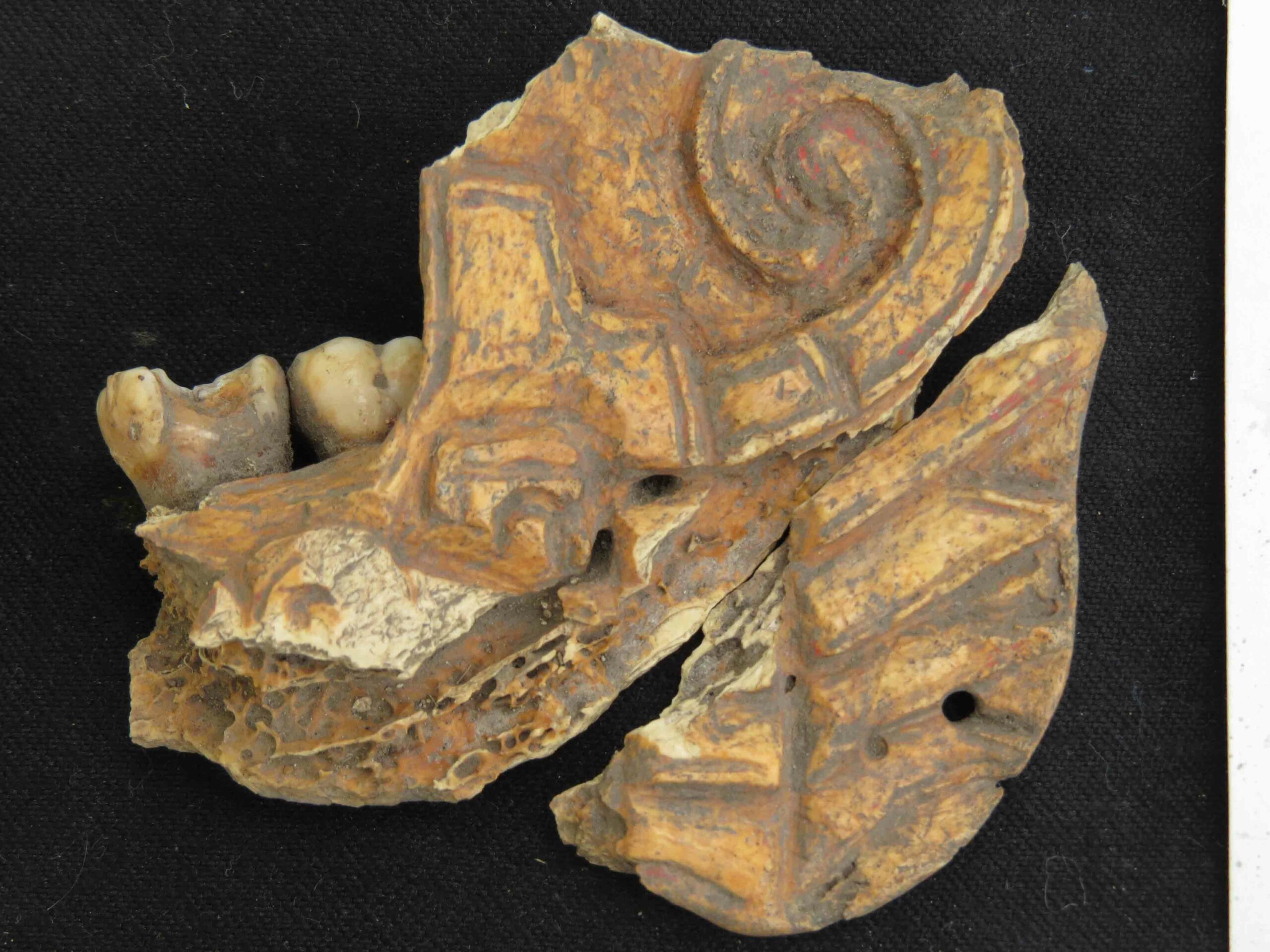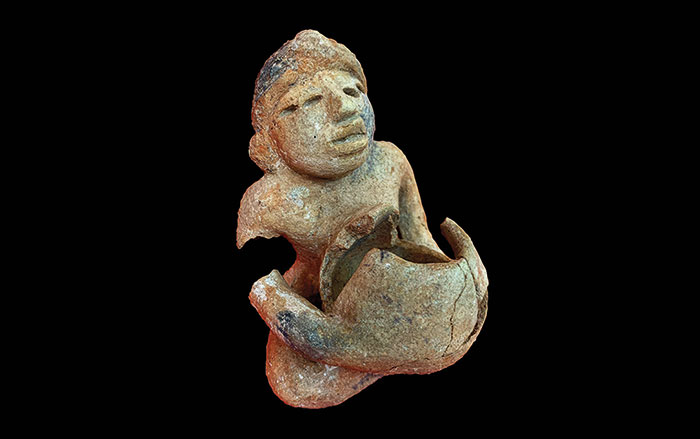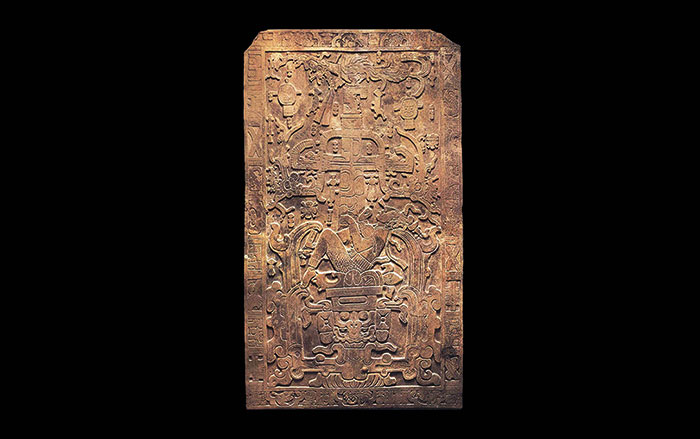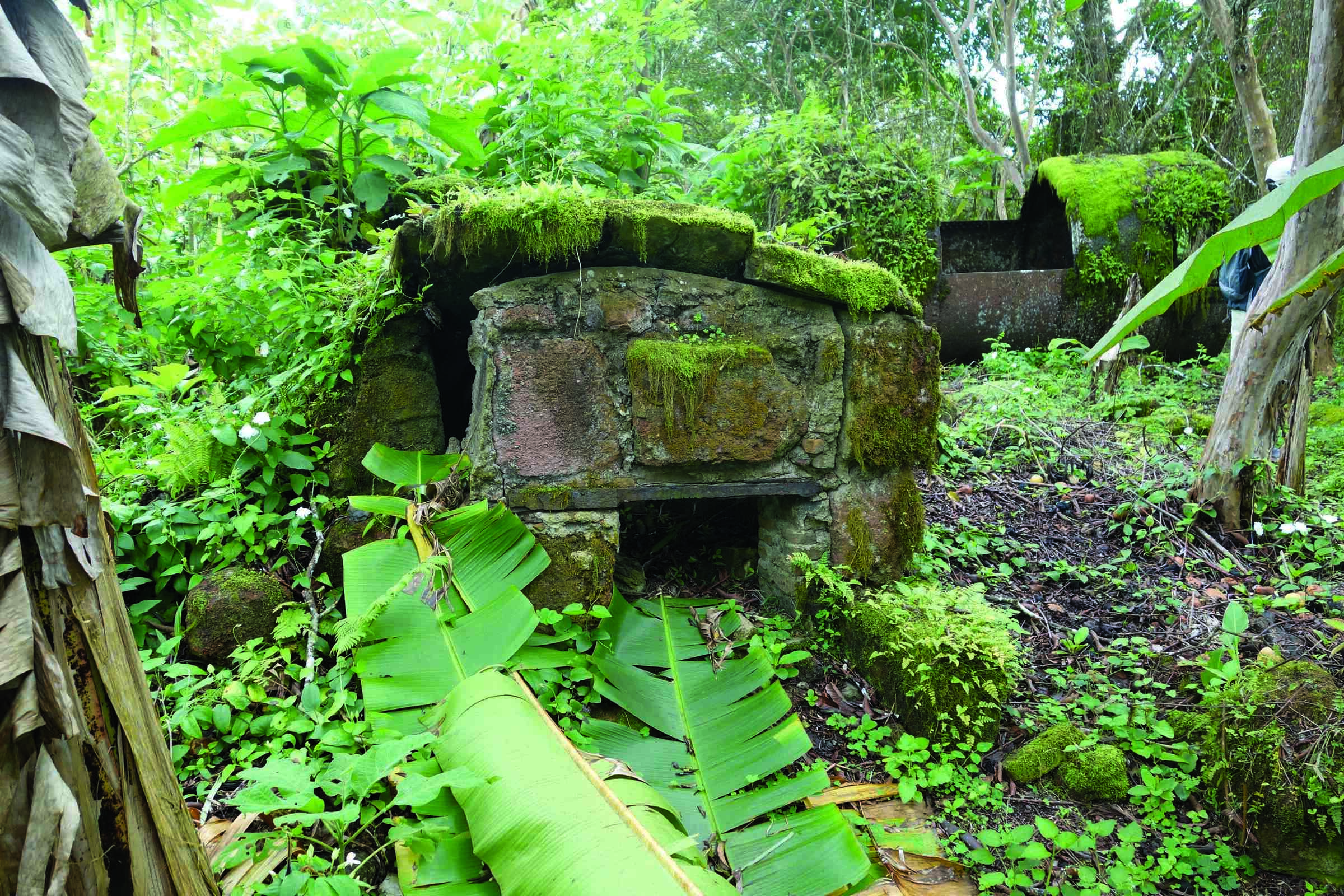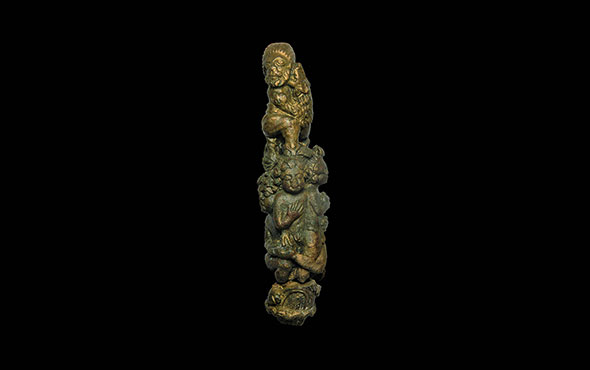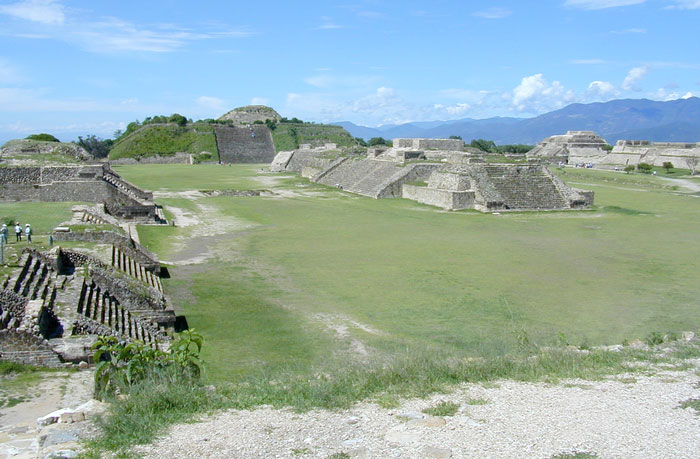
CHICAGO, ILLINOIS—According to a statement released by the Field Museum, researchers Linda Nicholas and Gary Feinman investigated possible reasons for the rapid growth and longevity of Monte Albán, a metropolis in southern Mexico that was founded in about 500 B.C. and flourished for some 1,300 years. First, Nicholas and Feinman found that land well-suited to agriculture was unevenly distributed in the Valley of Oaxaca, making it unlikely that the site for Monte Albán was chosen for its agrarian potential. Archaeological surveys of the region conducted over a long period with Richard Blanton and Stephen Kowalewski indicate that most residents lived on flattened terraces constructed on the slopes of hills. Individual houses consisted of multiple rooms arranged around a patio, Feinman said. These homes often shared a front retaining wall and drains that separated the residences, suggesting that neighbors cooperated with one another. The city also appears to lack the palaces, elaborate burials, and monuments associated with despotic rulers. Taken together, Feinman said, people were unlikely to have been forced to live in the city. Rather, they may have been drawn to its defendable hilltop location, its more collective form of government, and the opportunity to exchange goods in its marketplaces, he explained. Read the original scholarly article about this research in Frontiers in Political Science. To read about an artifact from the suburb of Monte Albán, go to "Deconstructing a Zapotec Figurine."


